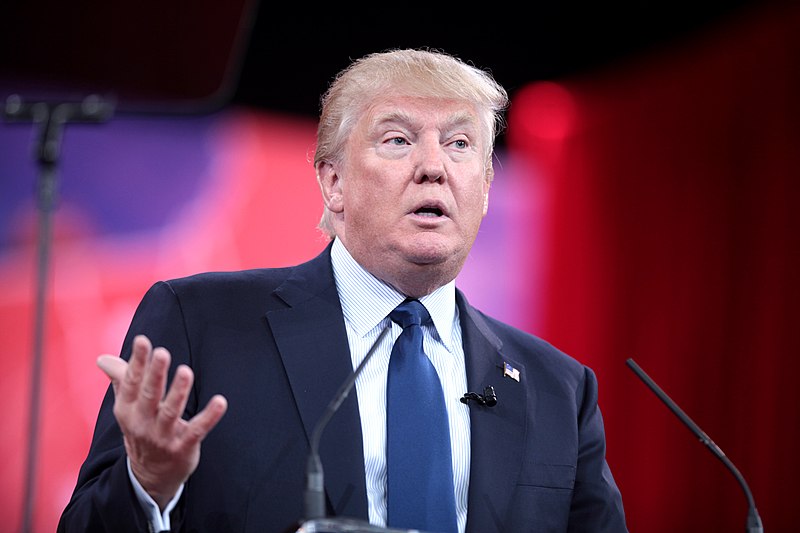
After Republican President-elect Donald Trump’s decisive victory in this year’s election, U.S. pollsters are once again grappling with why their surveys underestimated his support among voters.
Ahead of the Nov. 5 election, polls showed Trump trailing Democratic Vice President Kamala Harris by 1 percentage point, according to an aggregate of national polls by FiveThirtyEight, a prominent data analysis website. Yet the final tallies revealed Trump leading Harris nationally by 2 points, securing 50% of the vote compared to Harris’ 48%.
This 3-point polling miss adds to a pattern: polls underestimated Trump’s margin by 4 points in 2020 and 2 points in 2016, per FiveThirtyEight’s data. While these errors fall within standard polling margins, the consistent underestimation of Trump raises questions about survey methodologies, particularly in an electorate as sharply divided as the United States.
The persistent polling errors have led some experts to suspect a deeper issue: polls may struggle to capture Trump supporters accurately. This could be due to lower response rates from Trump voters, as his anti-establishment rhetoric may make them less inclined to participate in surveys.
“There’s no escaping the idea that there’s a challenge in reaching Trump voters,” said Charles Franklin, a pollster at Marquette Law School. Franklin will join a task force organized by the American Association for Public Opinion Research (AAPOR) to investigate pre-election polling discrepancies.
Even in battleground states like Arizona, Georgia, Nevada, and North Carolina, where polls correctly forecasted Trump victories, his margins exceeded expectations by 1 to 3 points. Similarly, in Rust Belt states like Pennsylvania, Wisconsin, and Michigan—where Trump trailed in polls but won—surveys underestimated his support by 2 to 3 points.
Josh Clinton, a Vanderbilt University political scientist who led an AAPOR task force on 2020 election polling, worries that these consistent errors could erode public trust in polls and institutions. “It delegitimizes the whole operation in ways that are pretty damaging,” he said.
Despite these challenges, experts argue that polling accuracy—getting within a few percentage points—is still impressive. However, modern communication barriers, including the prevalence of spam calls and messages, make reaching respondents harder than ever. “This is a very different world than 20 or 30 years ago,” noted Christopher Wlezien, a political scientist at the University of Texas at Austin.
The reasons for underestimating Trump remain elusive. Pollsters have floated theories, including the possibility that Trump’s outsider brand makes his supporters less likely to respond to surveys. Others suggest that errors could arise during the weighting process, where pollsters adjust raw data to reflect the demographics of likely voters.
Interestingly, the problem seems unique to presidential elections. Polls performed better in the 2018 and 2022 congressional midterms when Trump wasn’t on the ballot, suggesting that his presence uniquely complicates polling.
In response, some pollsters have adjusted their methods. For example, Franklin’s Marquette poll in Wisconsin expanded its sampling regions from five to 90 and incorporated follow-ups by email and phone. These changes reduced his poll’s margin of error, but Trump’s final vote count still exceeded predictions by 2 points.
The issue of non-response isn’t limited to political polling. Response rates have been declining across many surveys, including those conducted by the Census Bureau, reflecting broader societal trends. “We are dealing with a major non-response challenge,” said Chris Jackson, head of U.S. public opinion research at Ipsos.
Ultimately, understanding why polls underestimate Trump—and how to fix the issue—remains a pressing question for pollsters. The stakes are high, not just for the accuracy of future elections but for the credibility of polling as a tool for understanding public opinion. Photo by Gage Skidmore from Peoria, AZ, United States of America, Wikimedia commons.








































